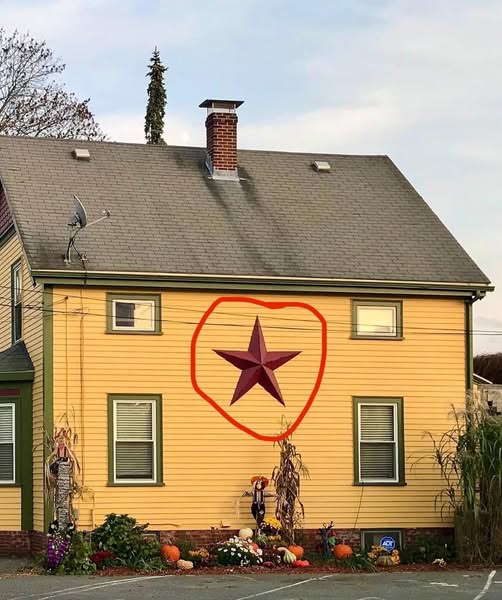Barn stars, often displayed above barn doors, are more than just rustic decorations. Whether painted on wood or made from metal, they carry cultural and historical significance, particularly among German-American farmers. In some cases, they are replaced by hex signs or quilt blocks, but their purpose extends beyond simple ornamentation.
Barn stars trace back to the Pennsylvania Dutch, German immigrants who settled in Pennsylvania during the 17th and 18th centuries. These settlers introduced many traditions, including the use of barn stars to decorate and symbolize their farms.
Traditionally, barn stars were seen as talismans. Farmers believed they could ward off evil spirits, safeguard livestock, and bring prosperity. They were a way to secure both spiritual and practical well-being.
Beyond superstition, barn stars reflected pride in one’s farm. A well-adorned barn showed dedication, skill, and the farmer’s connection to the land and livelihood.
